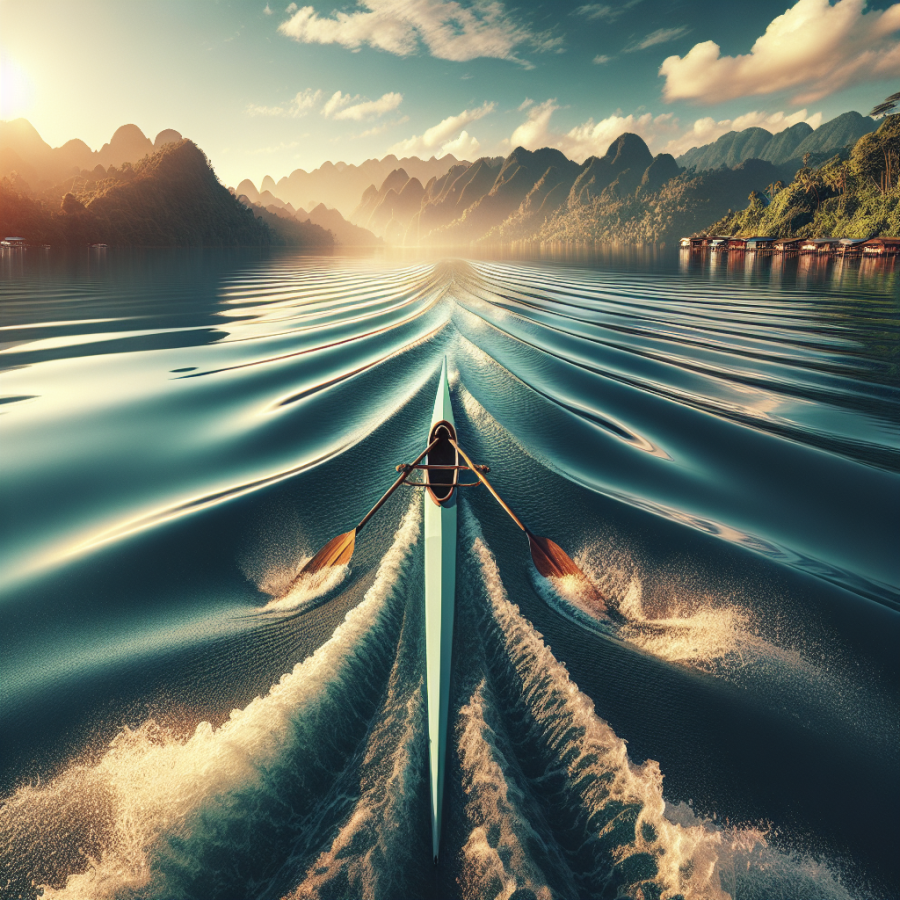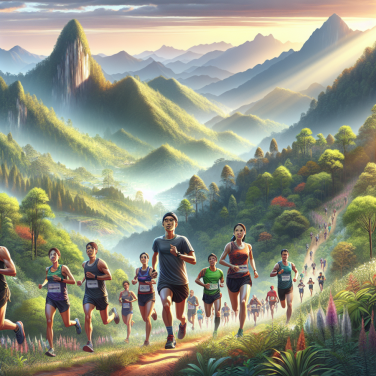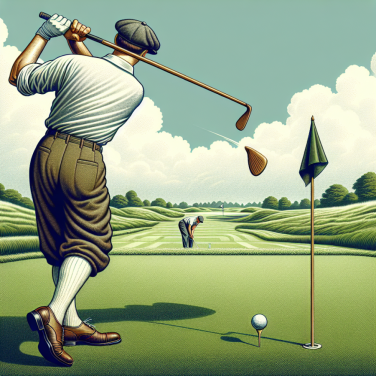The Cultural and Competitive Spirit of Outrigger Racing Events
The sport of outrigger canoe racing is a unique blend of tradition, camaraderie, and intense competition, deeply rooted in the history and culture of the Pacific Islands. Outrigger canoes (or 'va'a', 'waka', and 'wa'a', among other names) were originally developed by the Austronesian peoples for transportation between the islands and for fishing. As time progressed, racing these canoes naturally evolved from a practical activity to a competitive sport that we see today, embodying not just the physical prowess of athletes but also their spiritual and cultural commitment.
At the heart of outrigger racing is the cultural significance it holds for the island communities. Festivals and races often begin with traditional ceremonies that pay homage to the ocean and ancestors, grounding the event in a sense of heritage and community. These rituals may include chants, dances, and offerings, and are a reminder that for many, the race is more than just a competition; it's a way of honoring a way of life that has connected people to the sea for generations.
The competitive spirit in outrigger racing is like no other. Races can range from sprints to marathon distances, pushing athletes to their limits. Paddlers must work in unison, their strokes perfectly synchronized, as they navigate through challenging open water conditions. This demands not only physical strength and endurance but also acute mental focus and a deep connection with fellow crew members. The steersman (or 'steerer'), sitting at the back of the canoe, plays a crucial role, reading the water and directing the crew much like a conductor leads an orchestra.
Outrigger racing events often draw competitors from around the globe, uniting diverse cultures in their shared passion for the sport. Races such as the Molokaʻi Hoe in Hawaii, which is considered the world championship of men's long-distance outrigger canoe racing, and its counterpart, the Na Wahine O Ke Kai for women, are prime examples. These events are not only tests of endurance across the 41-mile stretch of ocean but are also a celebration of the sport's global community.
In outrigger racing, teamwork is paramount. Each member of the canoe contributes to the motion and stability of the craft. From the powerful strokes of the ‘powerhouse’ in the middle of the canoe to the rhythm-setting pace of the lead paddler, every role is vital.
Read also:
Unraveling the Secrets: Which Golf Ball Goes the Farthest?
Mastering the Elements: Techniques and Strategies in Outrigger Canoe Racing
Mastering the Elements in outrigger canoe racing equates to the development of an intimate understanding of the waterways, wind patterns, and mastering the strokes and turns that propel and maneuver the canoe. A successful outrigger canoe racer is someone who can effectively blend technique with strategy.
One of the critical techniques in outrigger canoeing is the cultivation of a powerful and efficient stroke. This begins with the catch, or the moment the paddle blade enters the water. Paddlers need to reach forward without overextending, ensuring that the paddle enters the water at a positive angle for maximum water catch, which translates into a powerful pull. The power phase follows, whereby the paddler pushes against the blade with their top hand and pulls with the bottom hand while twisting their torso, engaging the core muscles. This not only adds propulsion but also helps to maintain stability. The exit and recovery of the stroke must be seamless, setting the stage for the next stroke with minimal drag and loss of forward momentum.
Strategy in outrigger canoe racing involves more than just stamina and strength; it requires tactical precision. Teams must know when to vary their stroking pace – sometimes employing quick, shorter strokes to accelerate or maintain speed through challenging conditions, or switching to longer, more powerful strokes for open water cruising. A deep understanding of the ocean or river on which they're competing is crucial. This means recognizing how waves, currents, and tides can affect the canoe’s movement, and using these elements to the team's advantage.
Maneuvering is another crucial skill in the racer's arsenal. Paddlers on one side may apply a strong 'draw' stroke — pulling water towards the canoe — to assist with sharp turns, while those on the other side execute a 'pry' stroke — pushing water away from the canoe. In certain situations, the steersperson might perform rudder-like strokes with their paddle or use the paddle as a brake to control the canoe’s heading and speed.
Wind conditions also dictate strategy. Tailwinds can be harnessed to glide along waves, reducing the amount of active paddling required, but headwinds demand a tactical approach where the crew synchronizes their stroke to maintain speed and momentum, as well as positioning the canoe to minimize resistance and maintain a straight line.
Teamwork, above all, is the linchpin in mastering the elements.




